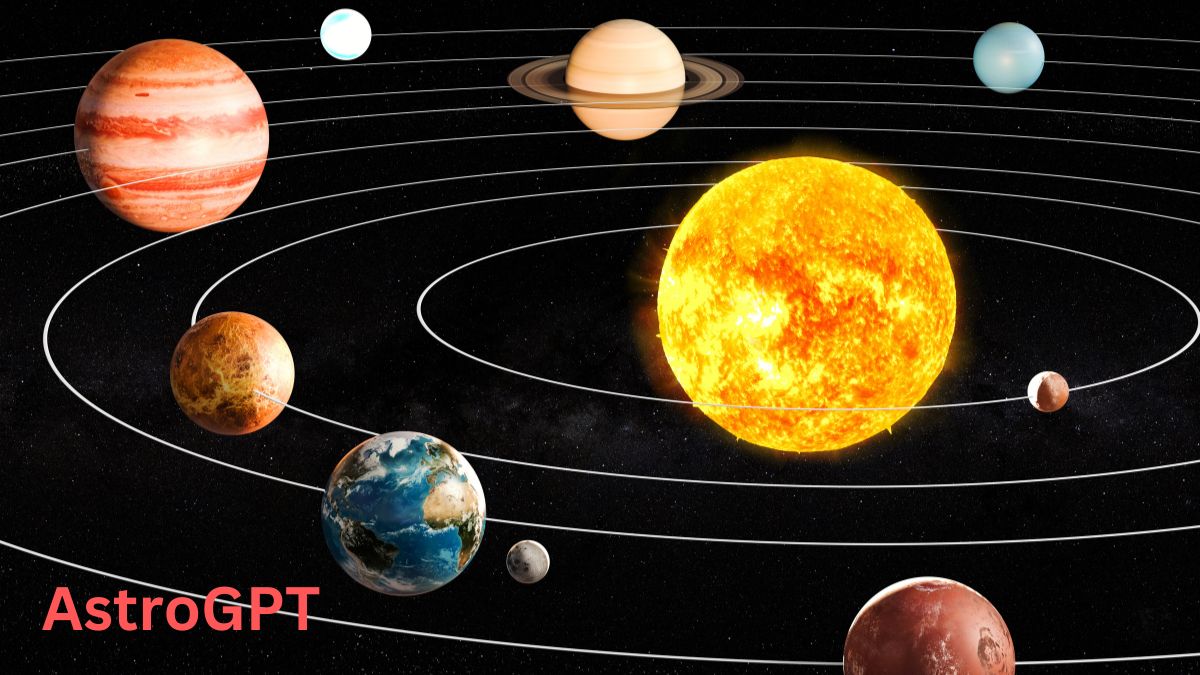Understanding the Modern Solar System Map
The solar system map has evolved dramatically since Galileo first pointed his telescope skyward. Today’s detailed cartography of our cosmic neighborhood reveals not just the classical planets, but also dwarf planets, countless asteroids, mysterious Kuiper Belt objects, and the theoretical Oort Cloud at our system’s edge. These comprehensive maps help scientists, astronomers, and space agencies navigate the vast expanses between celestial bodies.
The Structure of Our Solar System Map
When examining a solar system map, you’ll notice its concentric organization around our star. The inner solar system contains the terrestrial planets: Mercury, Venus, Earth, and Mars. Beyond the asteroid belt lies the outer solar system with its gas giants Jupiter and Saturn, and ice giants Uranus and Neptune. Each region presents distinct characteristics that scientists continue to study through both Earth-based observations and space missions.
Key Elements Featured on Solar System Maps
The Sun: Center of Our Cosmic Map
At the heart of every solar system map sits our Sun, a G-type main-sequence star containing 99.86% of the system’s mass. This yellow dwarf generates the gravitational force that keeps planets in their orbits and provides the energy supporting life on Earth. Modern solar system maps often indicate the Sun’s heliosphere—the bubble of solar wind that extends far beyond Neptune.
Inner Planets on the Solar System Map
Mercury, Venus, Earth, and Mars comprise the inner region of our solar system map. These rocky, terrestrial worlds share similar compositions with iron cores and silicate mantles. A detailed solar system map reveals their relative sizes, orbital periods, and distinctive features like Mars’ polar ice caps or Venus’ thick atmospheric layers.
Asteroid Belt: The Dividing Line
Between Mars and Jupiter lies the asteroid belt, a critical feature on any comprehensive solar system map. This region contains millions of rocky bodies, from microscopic dust to dwarf planet Ceres. Once thought to be remnants of a shattered planet, scientists now understand these objects never had the chance to form a larger world due to Jupiter’s gravitational influence.
Gas and Ice Giants in the Outer Solar System
Jupiter and Saturn—the solar system’s massive gas giants—dominate the outer regions of our cosmic map. Their primarily hydrogen and helium compositions mirror the Sun’s, leading some astronomers to call them “failed stars.” Further out, Uranus and Neptune represent a different planetary class: ice giants composed largely of “ices” like water, ammonia, and methane.
Beyond the Traditional Solar System Map
The Kuiper Belt and Trans-Neptunian Objects
Modern solar system maps extend far beyond Neptune to include the Kuiper Belt—a disc of icy bodies including dwarf planet Pluto. This region, only fully recognized in the 1990s, contains thousands of small worlds that help scientists understand the solar system’s formation and evolution. The discovery of objects like Eris and Makemake has revolutionized our understanding of our cosmic map’s outer boundaries.
The Mysterious Oort Cloud
At the very edge of comprehensive solar system maps lies the theoretical Oort Cloud—a spherical shell of icy objects believed to surround our system at distances up to 100,000 astronomical units from the Sun. While not directly observed, this region appears on advanced solar system maps as the source of long-period comets and the true boundary of our Sun’s gravitational influence.
Using Interactive Solar System Maps
Today’s digital technology has transformed static solar system maps into dynamic, interactive experiences. Online tools allow users to track planetary positions in real-time, visualize spacecraft trajectories, and even simulate the solar system’s appearance from different vantage points. These interactive maps serve as powerful educational resources and planning tools for future space missions.
You can explore current planetary positions and their astrological implications on AstroGPT’s Current Planets page, which offers additional insights beyond traditional astronomical mapping.
Solar System Map Applications in Education
Educational institutions worldwide utilize solar system maps to teach astronomical concepts. Three-dimensional models, augmented reality applications, and simulation software bring cosmic relationships to life for students of all ages. These tools demonstrate planetary scale, orbital mechanics, and the vast distances separating celestial objects.
Scientific Advancements Through Solar System Mapping
How Space Missions Refine Our Solar System Maps
Each NASA, ESA, or international space agency mission enhances our solar system maps with unprecedented detail. The New Horizons spacecraft transformed Pluto from a pixelated dot to a complex world with mountains and ice plains. Similarly, the Juno mission continues to reveal Jupiter’s atmospheric dynamics and magnetic properties, adding new layers to our understanding of gas giant structures.
Mapping Potential Resources Across the Solar System
Modern solar system maps increasingly include data about potential resources on various celestial bodies. From water ice at lunar poles to minerals in the asteroid belt, these resources could support future space exploration and even colonization efforts. Detailed mapping of these resources guides strategic planning for humanity’s expansion into the solar system.
Conclusion: Our Evolving Solar System Map
The solar system map continues to evolve as technology advances and new discoveries emerge. Objects once considered planetary anomalies now define entire new categories of celestial bodies. The boundaries of our cosmic neighborhood extend farther than early astronomers could have imagined, and yet we’ve only begun to explore the rich diversity of worlds within our solar system.
Whether used for scientific research, educational purposes, or planning space missions, the solar system map remains an essential tool for understanding our place in the cosmos. As we continue to explore and discover, our map of this cosmic neighborhood will only grow more detailed and more fascinating.
